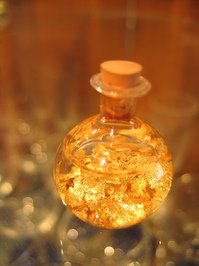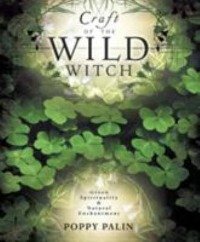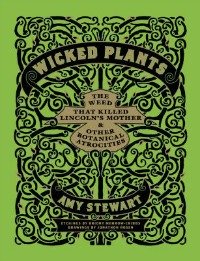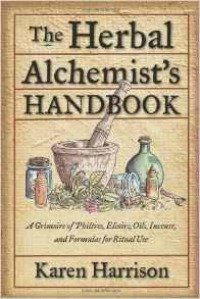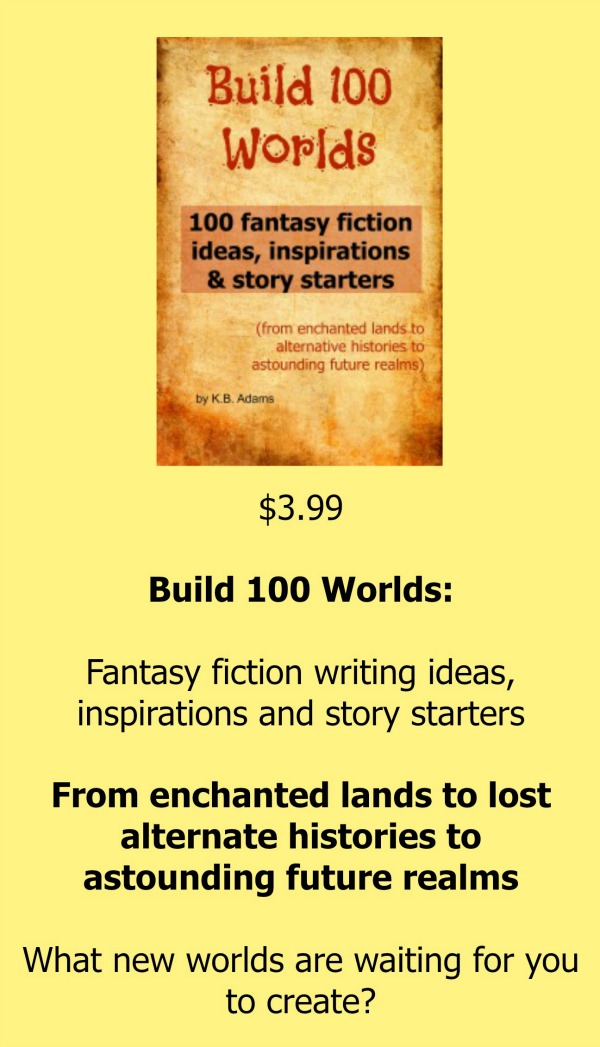Research sources for magical, dangerous & healing flora used in witchcraft, alchemy, and other fantasy adventures
Copyright National Lilac Publishing, LLC
Does your fantasy fiction character need to cast spells, be healed, set traps, or avoid being poisoned? Need to go beyond chamomile tea and poison hemlock! Enrich your novel with deeper research and greater flora wisdom. There is so much more mystery hidden in the natural world waiting for you to weave into your story from exploding bushes to trees that grow poison daggers. Here are a few favorite book resources to get you started:
______________
In Craft of the Wild Witch by Poppy Palin, you'll be taken into her world of
- Rituals, chants, pathworkings, and seasonal prayers
- Tree meditations, spell-weaving, and trance work
- The Fey and other-worldly companions
- Herbs as helpers
And more.
______________
With Wicked Plants: The weed that killed Lincoln's mother & other botanical atrocities by Amy Stewart, you discover not only which plants can cause harm, (including poison daggers from trees and exploding shrubs,) but your story's character can have the knowledge of what to be alert to by noticing the grounds around the sinister character's dwelling -- because this book also describes how these evil-doing plants are cultivated. Etchings and other illustrations.
______________
On the nicer side, in The Herbal Alchemist's Handbook, you'll find more than 150 herbs with many recipes for rituals and spells that provide such desirables as protection, healing, finding the gold (prosperity), enhancing psychic powers and so on. If your fantasy story calls for the addition of astrological influences on the power of the herbs (which includes roots, leaves, resins, etc.), that's here also. Written by a long established and formally educated herbologist and practitioner of "magick."


